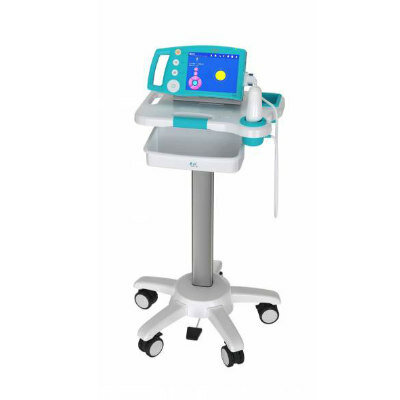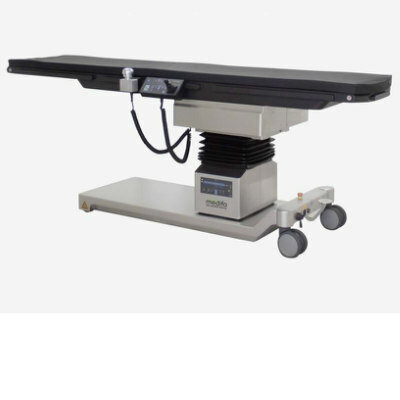MR Imaging Analysis Predicts Brain Tumor Survival
By MedImaging International staff writers
Posted on 14 May 2009
As early as one week after beginning treatment for brain tumors, a new imaging analysis method is able to predict which patients would live longer.Posted on 14 May 2009
The method uses a standard magnetic resonance imaging (MRI) protocol to monitor changes over time in tumor blood volume within individual voxels of the image, instead of a composite view of average change within the tumor. This parametric response map allowed researchers to see specific areas in which tumor blood volume increased or decreased, which may have canceled each other out when looking at the changes as an average.
"What we have potentially is a generalized analytical approach that we can use to quantify treatment intervention in patients," stated study author Brian Ross, Ph.D., professor of radiology and biological chemistry at the University of Michigan (U-M) Comprehensive Cancer Center (Ann Arbor, USA) and co-director of the Molecular Imaging Program at the U-M Comprehensive Cancer Center.
The researchers evaluated 44 people with high-grade glioma, a type of brain tumor, who were treated with chemotherapy and radiation. Each participant underwent MRI scanning before treatment, and one week and three weeks after starting treatment. The researchers then looked at the relative cerebral blood volume and the relative cerebral blood flow of the tumor to analyze voxel changes among the serial scans.
Looking at standard comparisons using averages, the scans indicated no change one week and three weeks into treatment. But, using the parametric response map approach, the researchers were able to show changes in the tumor's blood volume and blood flow after one week that corresponded to the patient's overall survival. "We're seeing treatment response earlier into the treatment, and responses that couldn't be detected at all looking at average changes. We could detect this after just one week, which is amazing for brain tumors," said study author Craig Galbán, Ph.D., assistant professor of radiology at the U-M Medical School.
High-grade gliomas have a high mortality rate, with people surviving only an average of 12 months after diagnosis. Typically, patients receive six to seven weeks of treatment, followed by a traditional MRI scan six weeks after completing therapy to determine if the tumor shrank. If the cancer did not respond to the treatment, a new approach may be tried.
The researchers believe this approach might also be useful with other imaging techniques such as positron emission tomography (PET) and computed tomography (CT) scans.
The University of Michigan has filed a patent application on this technology.
Related Links:
University of Michigan Comprehensive Cancer Center














